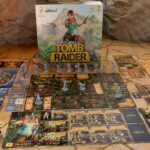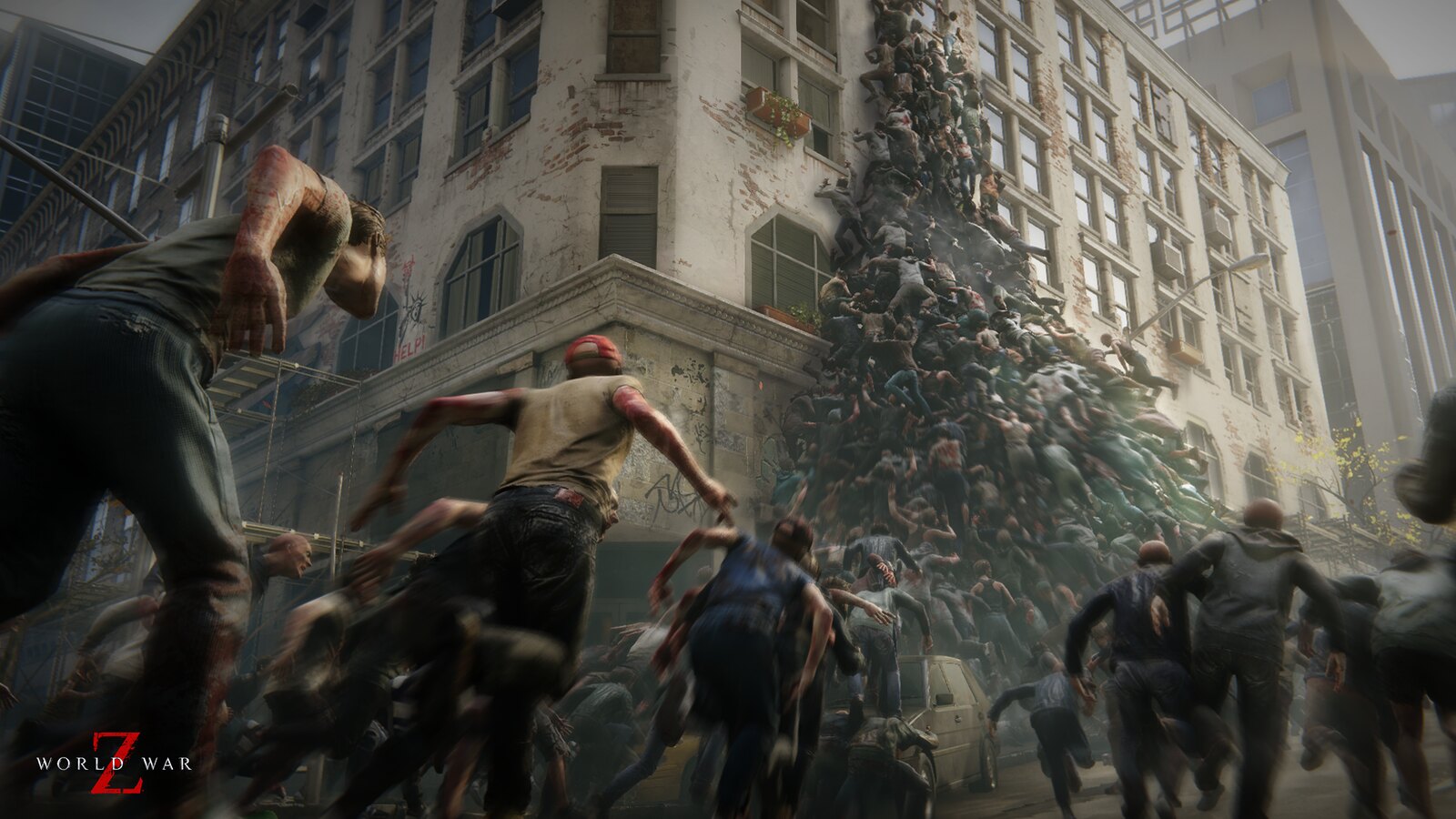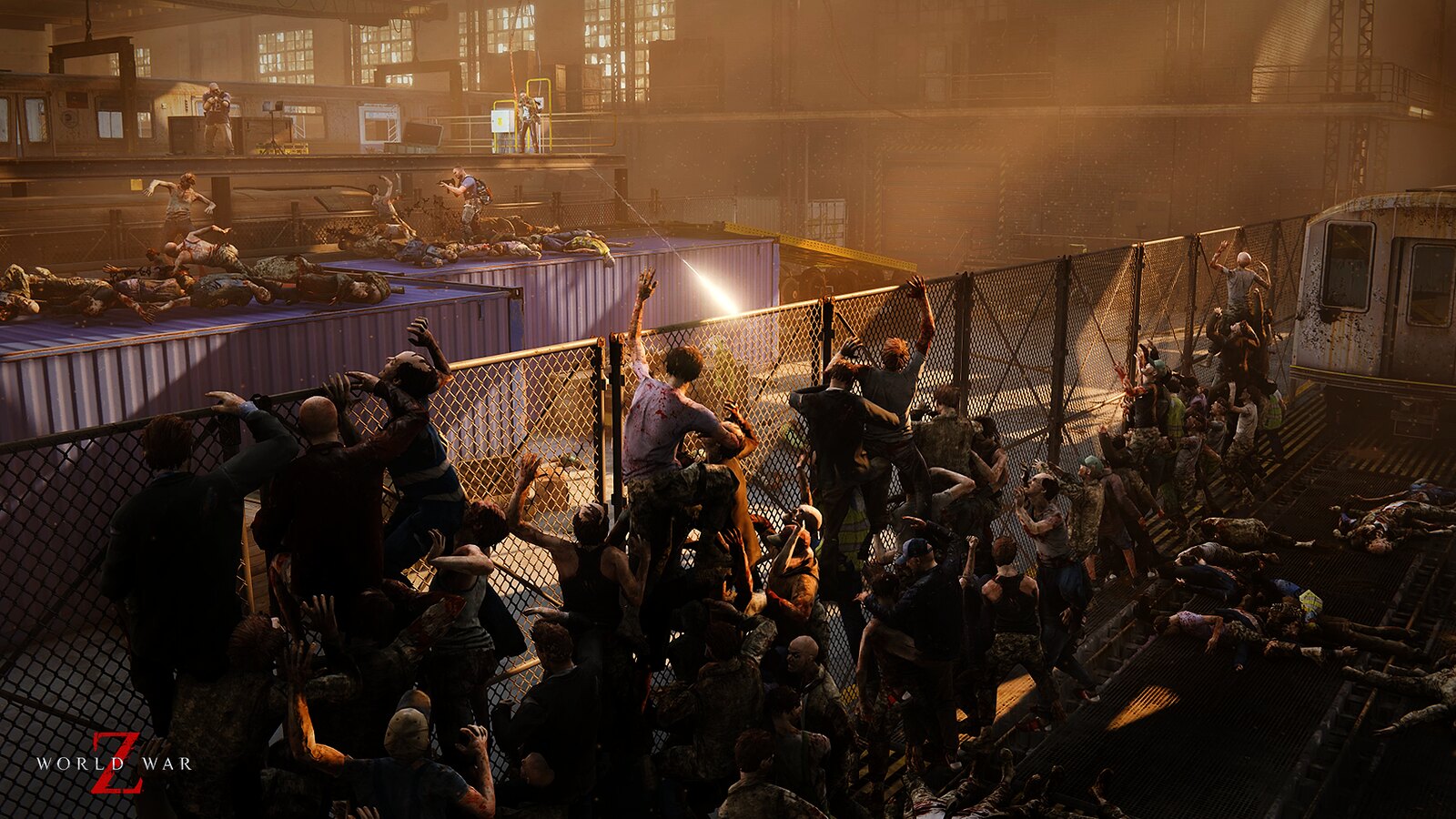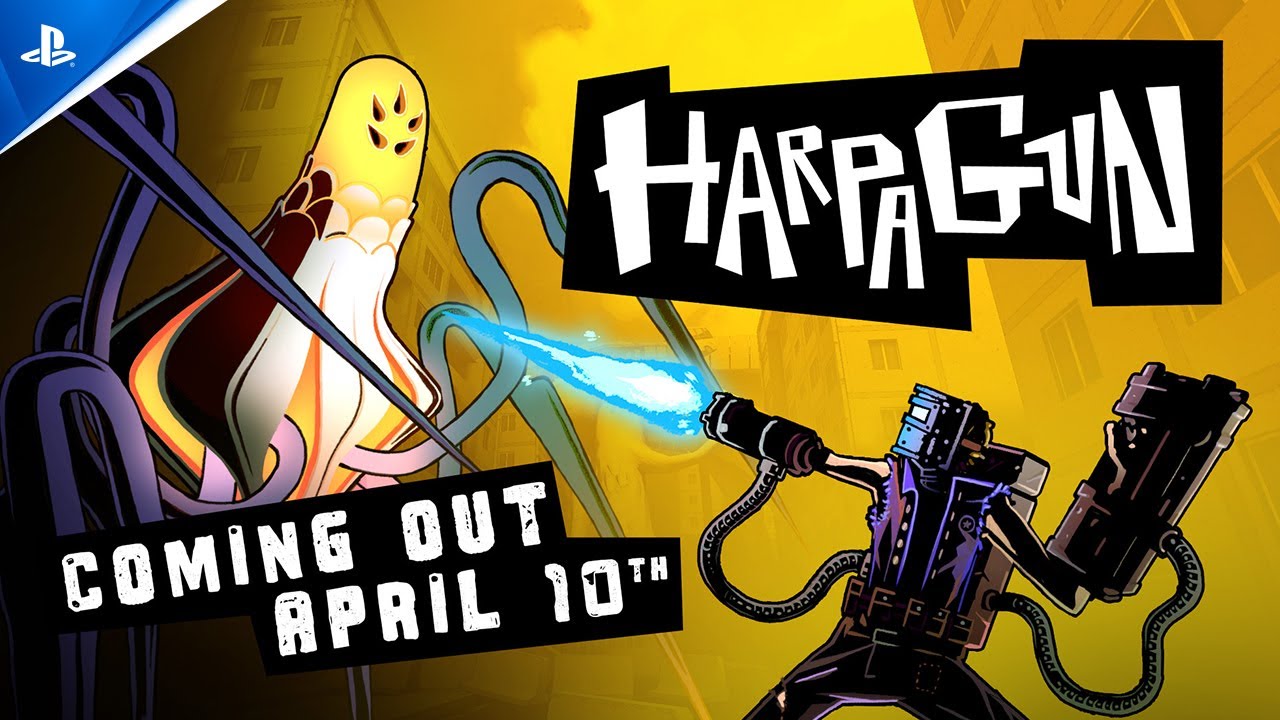With World War Z, our popular four-player co-op zombie shooter, we’ve added several free updates after launch, including new modes, missions, weapons, Special Zombies, cosmetics, and more. The most player-requested feature by far however, is coming out tomorrow: Horde Mode Z.
With this big milestone, it’s a great time to step back and see what makes World War Z stand out from the crowd as a unique and thrilling experience, and how this will extend to the new mode. In this article, we’ll share development insights into how we distinguished ourselves and the challenges that came with it.
World War Z throws a crazy number of zombies at players. Up to 500 on-screen at a time, sprinting full speed at you. The game was created from the ground up with this goal in mind, and having our own Swarm Engine was a big reason why we succeeded, since it allowed us to adapt and tailor it to what we needed.
We had one very simple and effective rule: The more screen space the swarm fills, the more impressive it looks. The hordes needed to be huge and dangerous, while maintaining excellent performance and graphical quality. When we started testing the game, players often didn’t shoot at the swarms because they thought they were decorative background scenery until it was too late. The pyramids that zombies create – climbing over each other to create a growing pile-up of undead flesh – are also not there because it looks cool; if you don’t topple them, they’ll pile high enough to reach any high ground you’ve managed to secure.
The main technical challenge of having so many zombies was making the game perform smoothly over a typical internet connection. When the swarms are distant their AI is simplified but, as they get close, each individual zombie can emerge from the swarm to become independent in its actions. It took a lot of work to make this transition as seamless and unnoticeable as possible.
To combat the zombie hordes, players are given extremely powerful tools: heavy weapons, explosives, and environmental features such as cars that can be blown up. Many of these defenses will be accentuated in the upcoming Horde Mode, since there is a more distinct preparation phase in between each increasingly more difficult wave. Players will make use of mortars, electrified fences, barbed wire, claymores, and more.
The six classes allow players to split into roles with different strengths. The Exterminator excels at killing swarms, but is weak to special zombies, the stand-out enemies with special behaviors. The Slasher is good at covering teammates, especially from up-close special zombies. We originally had doubts about the Slasher, since the melee combat isn’t a focus of the game, but it turns out the class is fun and viable due in part to its other complementary features, such as the Stun Gun. With Horde Mode Z, these roles will be pushed to their limits, and we’re excited to see which combinations come out on top.
In terms of the stories we wanted to tell, we were excited to create original character stories within the World War Z lore and worked with our writers from the start of the process. We decided to be closer to the original book by telling the story of regular people caught in these extreme situations. For this reason we tried to limit the amount of military characters. Since we would be telling stories from various corners of the earth, we got a diverse cast of characters with completely different backgrounds. In the game, we show their personalities in two ways: how they look (the way they dress, their expressions and features), and what they say during missions (what we call “battle chatter”).
Having a unique universe like World War Z definitely helped in setting us apart from other zombie shooters, but we believe our dedication to create compelling stories with a diverse cast of characters has gone a long way. The huge swarms and technology that went into creating World War Z’s massive swarms made us visually stand out, and we can’t wait to show off how well this translates into tomorrow’s Horde Mode Z.












